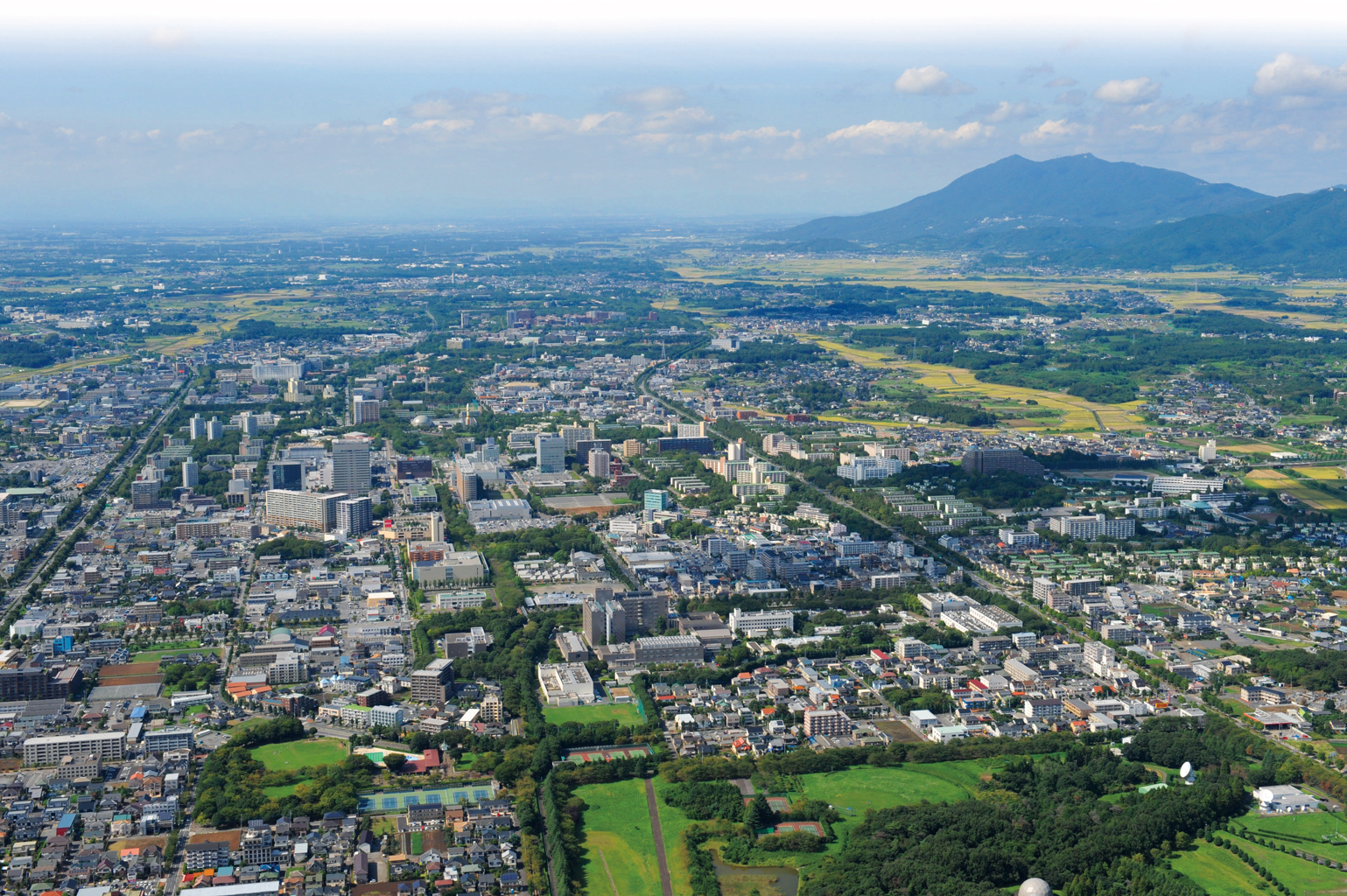
漢德百科全書 | 汉德百科全书
 国际城市
国际城市
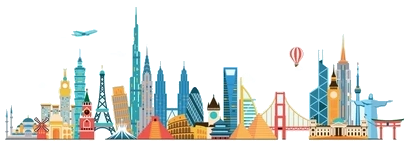
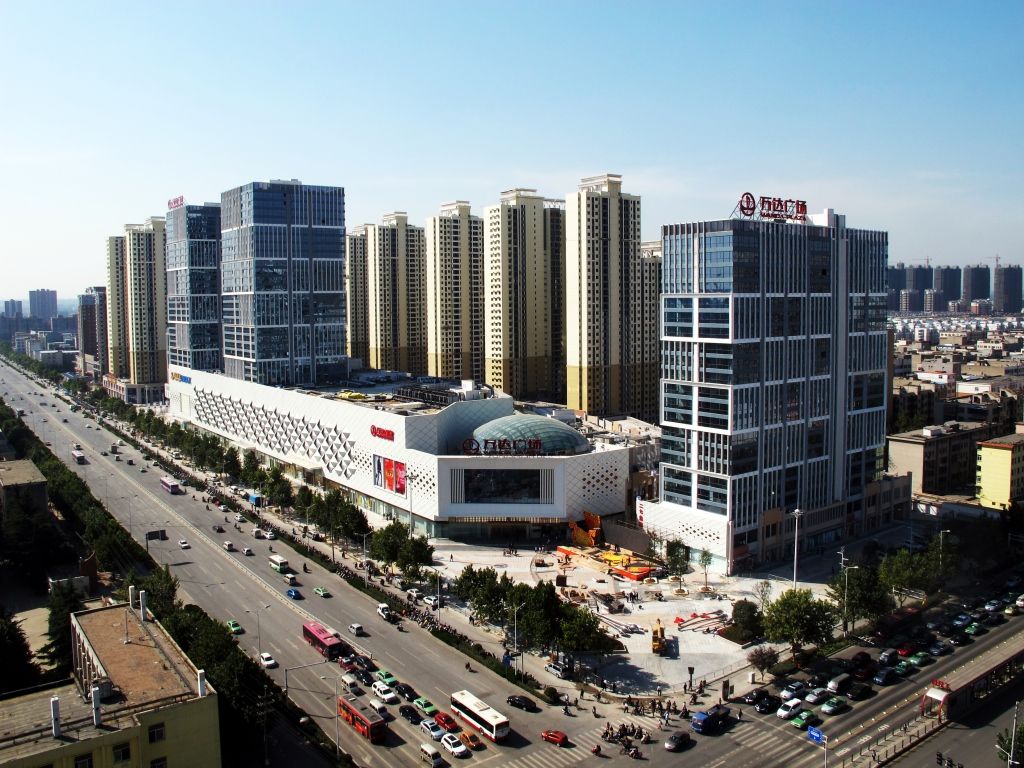
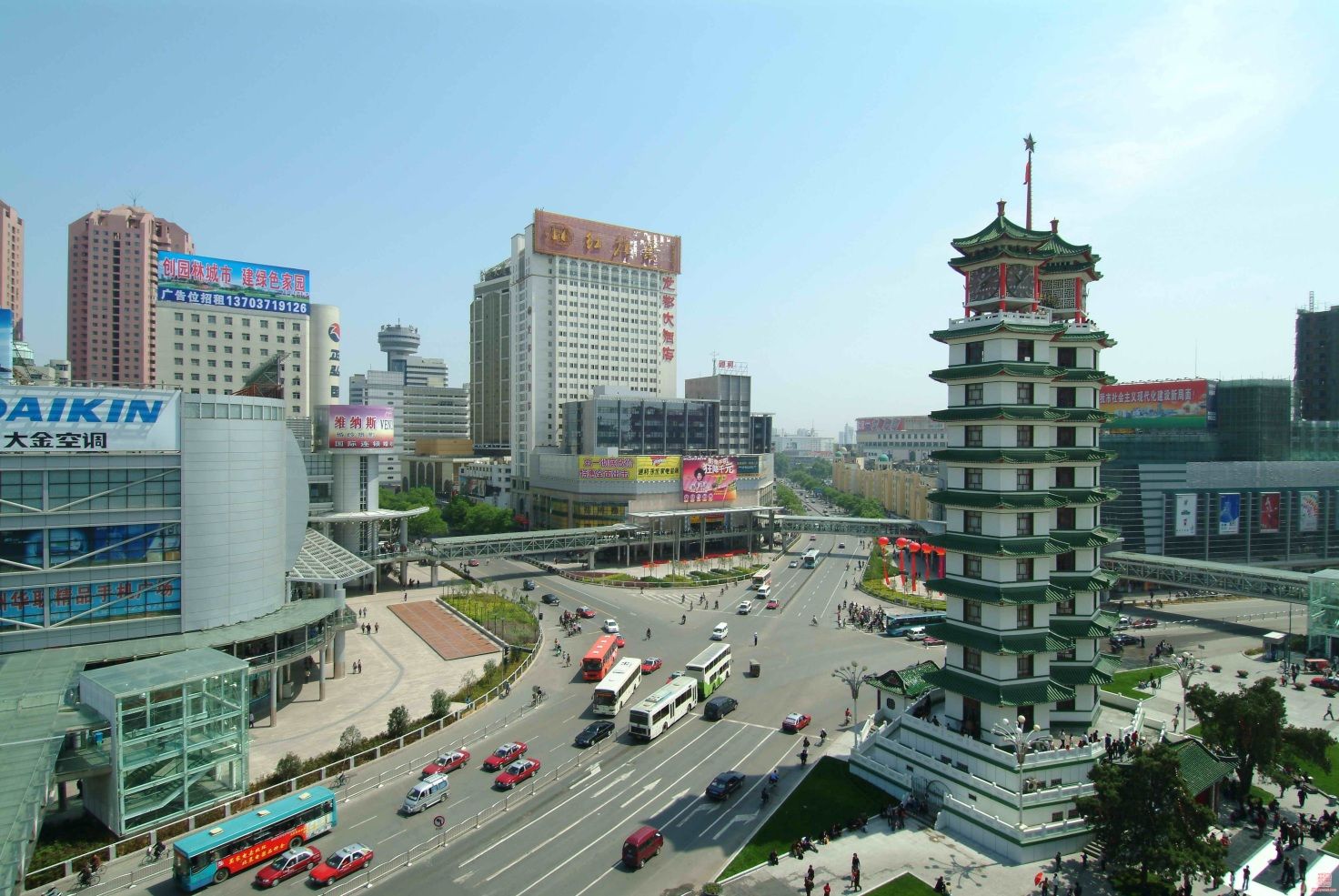
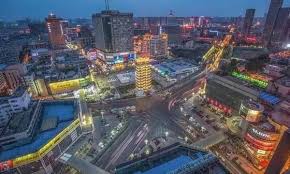
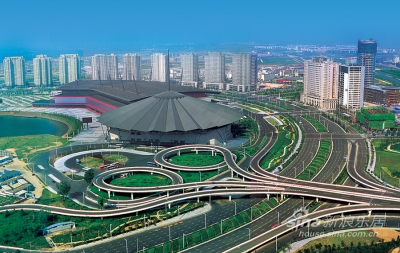
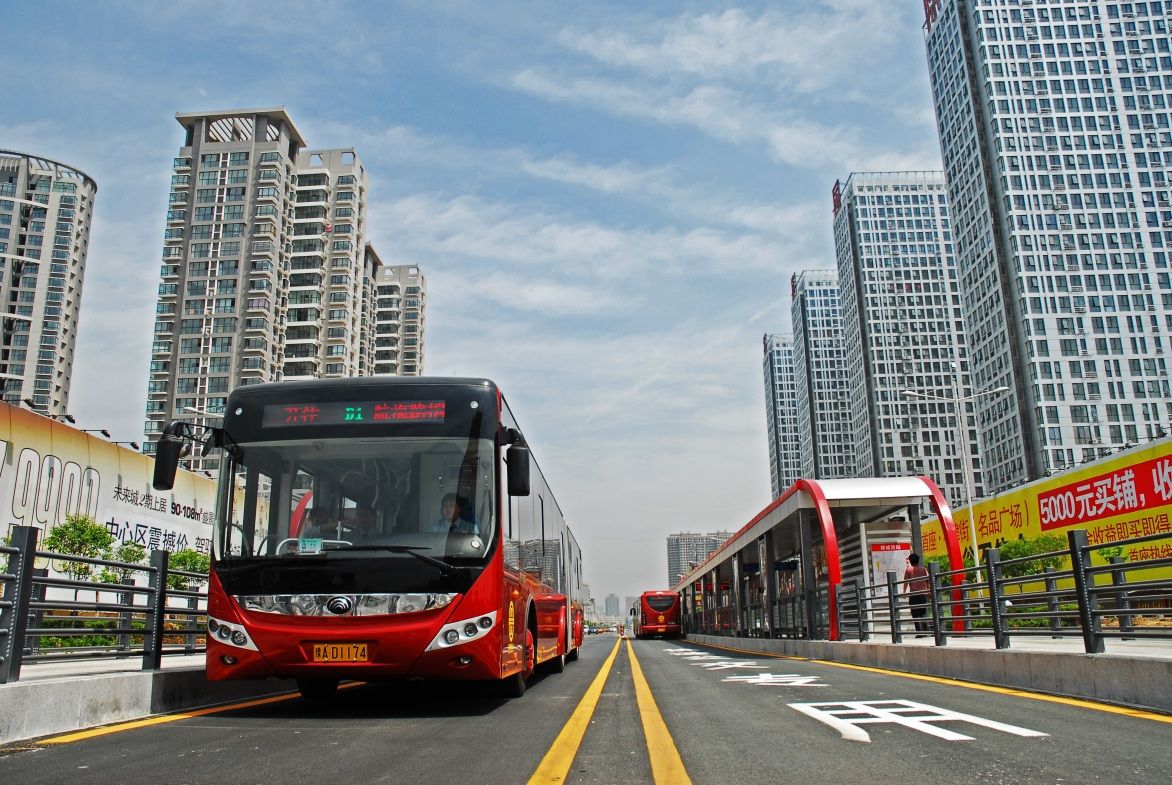
Zhengzhou Einführung
Zhengzhou ist die Hauptstadt der Provinz Henan und liegt in der Mitte Chinas. Die Entfernung nach Süd Beijings beträgt in etwa 760 km und 480 Kilometer Richtung Osten nach Xi´ans. Sie befindet sich nördlich des Zentrums der Provinz und im Süden des gelben Flusses. Zhengzhou grenzt an Luoyang zum Westen hin, Jiaozuo zum Nordwesten, Xinxiang zum Nordosten, Kaifeng zum Osten, Xuchang zum Südosten, und Pingdingshan zum Südwesten.Die alte Stadt war das Kapital der Shang Dynastie im 11. bis 16. Jahrhundert v. Chr., also vor 3,500 Jahren. Zu dieser Zeit wurde die Herstellung von Porzellan und die Technik der Bronzeverhüttung in China entwickelt. Ein grüner keramischer in Zhengzhou ausgegrabener Politur-Topf ist gezeigt worden, das wohl das älteste Porzellan in China ist. Eine lange Geschichte hat Zhengzhou, mit vielen kulturellen und historischen Ereignissen. Am Fuß von Mt Song liegt der Tempel der Shaolin. Er ist die Wiege des Shaolin Kung Fu. Wenn Sie sich für den chinesischen Kung Fu, den Tempel und die Aufführung interessieren, müssen Sie hierher kommen.(Quelle:http://www.chinarundreisen.com/zhengzhou/zhengzhou-reisefuehrer.htm)
Zhengzhou (chinesisch 鄭州市 / 郑州市, Pinyin Zhèngzhōu Shì, W.-G. Chengchow Shih, veraltet nach Stange Tschengtschau Schi, Abk.: 鄭 / 郑 Pinyin Zhèng) ist die Hauptstadt der Provinz Henan in der Volksrepublik China. Zhengzhou ist eine bezirksfreie Stadt mit einem Verwaltungsgebiet von 7.507 km² und 8.626.505 Einwohnern (Stand: 1. Januar 2010). Die engere Kernstadt beherbergt auf ihren rund 500 km² etwa 3,5 Millionen Einwohner. Ihr Zentrum liegt ca. 20 Kilometer südlich des Gelben Flusses (Huáng Hé). Zhengzhou ist eine bedeutende Industriestadt (Baumwoll-, Glas-, Aluminiumindustrie, Maschinenbau), sie ist ein überregionaler Verkehrsknotenpunkt (Eisenbahn, Flughafen), ein Handels-, Finanz- und Informationszentrum, eine Messestadt und kultureller Mittelpunkt mit einem großen Einzugsgebiet.
郑州市是中国河南省的省会,中国八大古都之一,国家历史文化名城,中国国家中心城市[1][2]和国家重要的综合交通枢纽。[3]郑州位于河南省中部偏北,黄河下游。现辖6个市辖区、5个县级市、1个县,全市总面积7,567.18平方公里,其中市区面积1,078.07平方公里,2012年市区建成区面积373平方公里。2015年,全市常住人口956.9万,其中市区常住人口470.08万。居民以汉族为主,母语为中原官话的郑州方言。[4]
郑州曾是包括出生于新郑[註 2]的中华人文始祖轩辕氏[註 3]所领的有熊国[註 4]以及夏朝、商朝、管国、郑国和韩国在内的这些部落联盟或国家部分时期建政或建都所在地,因此被列为中国八大古都之一。[5]从商代亳都算起,郑州已经有3600多年的城建史。考古人员于1995年在郑州北郊邙岭余脉发现的西山古城遗址又把郑州地区城市出现时间提前到距今约5300年的仰韶文化晚期,被视为中国城市文明的源头。[6]清末,朝廷大臣盛宣怀奉旨勘察芦汉铁路时来到郑州,将郑州站辟为甲等火车站,直接影响了郑州近代发展进程。[7]
郑州古代为“豫州”和“中州”的一部分,自古至今均为交通要塞,有“九州之中,十省通衢”之称,[8]如今郑州北站仍是中国最大的铁路编组站之一。[9]因商朝早期的都城在如今的郑州境内,[10]郑州有“商都”的雅号。[11]同时,郑州被认为是中国商业的发源地之一,[12]又是中国国务院确立的商贸中心试点城市之一,[13]因此“商都”也具有了“商业之都”的含义。郑州以打造都市区,建设国家中心城市为目标,远景規劃到2020年,市区总人口达到1500万以上,建成区面积达到800平方公里。[14]
鄭州市(ていしゅうし、中文表記: 郑州市、英文表記: Zhengzhou City)は、中華人民共和国河南省に位置する地級市。河南省の省都である。中国の中原地区第一大都市である。京津冀首都圏と珠江デルタを結ぶ南北陸上交通路と、黄海北部の港湾と中国西北部を結ぶ東西陸上交通路が交わる交通結節点となっており、中国における道路・鉄道の重要拠点のひとつである。殷の時代より3,500年の歴史をもつ国家歴史文化名城である。商の時代中国の首都であった、中国八大古都(北京、南京、杭州、西安、洛陽、開封、安陽、鄭州)である。
Zhengzhou is the capital of Henan Province in the central part of the People's Republic of China.[2] It is one of the National Central Cities in China,[3] and serves as the political, economic, technological, and educational center of the province, as well as a major transportation hub in China (highway, railway, aviation, communication).[4] The Zhengzhou metropolitan area (including Zhengzhou and Kaifeng) is the core area of the Central Plains Economic Zone.[5][6]
Zhengzhou is a National Civilized City, State-list Famous Historical and Culture City, one of the Eight Ancient Capital Cities and one of the birthplaces of Chinese Civilization,[7] and the birthplace of the Yellow Emperor. Historically, Zhengzhou was the capital of China for a thousand years (five times).[8] Currently, there are two World Cultural Heritage Sites (including 15 places) in Zhengzhou.[9] The Chinese Zhengzhou Commodity Exchange (CZCE) is China's first futures exchange,[10] Zhengzhou Airport Economy Zone is China's first Airport Economy Zone.[11]
The city lies on the southern bank of the Yellow River, and is one of the Eight Great Ancient Capitals of China.[12] As a center of China's national transportation network, there are railways connecting Zhengzhou and Europe,[13] and a bustling international airport[14] (Asia, Europe, Africa, America, Oceania).[15]
Zhengzhou has a population of 9,378,000 inhabitants,[16] GDP 913 billion in 2017.[17] The city is one of the main built-up areas of Henan region.[18] Greater Zhengzhou was named as one of the 13 emerging mega-cities in China in a July 2012 report by the Economist Intelligence Unit,[19] and officially named as the eighth National Central City in 2017 by the central government in Beijing.[20]
In 2011, a Journeyman documentary showcased the developments of the new district of Zhengzhou as a ghost city. However, by 2017, the buildings were found to be occupied in a thriving community.[21]
Zhengzhou (郑州 ; pinyin : Zhèngzhōu ; prononciation : [jŭng-jō] ; ancienne transcription française : Tcheng-Tchéou) est la capitale de la province chinoise du Henan, elle est une des « Huit grandes anciennes capitales de la Chine ». Elle possède le statut de ville-préfecture.
Zhengzhou (in cinese: 鄭州, in pinyin Zhèngzhōu) è una città della Cina, capitale della provincia di Henan. Precedentemente era conosciuta con il nome di Zhengxian. La sua prefettura si estende su una superficie di 7.446,2 km² e possiede una popolazione (2006) di 7.243.000 abitanti.
L'area urbana della città invece si estende su una superficie di 1.010,3 km² e possiede una popolazione di 4.362.000 abitanti con una densità di oltre 4.318 abitanti per km². Si tratta di una città industriale dalle strade che si intersecano perpendicolarmente, con due grandi parchi situati nella zona centrale ed un parco hi-tech nella zona nord. La città si trova a circa 700 km da Pechino e a 1000 da Shanghai, raggiungibili attraverso il sistema di ferrovie (treno ad altissima velocità) di cui ZhengZhou è un nodo importante nella regione.
Recentemente[quando?] è stato costruito un nuovo quartiere residenziale, chiamato "Zhengzhou New District" nella zona sud della città. Tuttavia, a causa degli alti prezzi delle case, è rimasto in buona parte vuoto.
Zhengzhóu (chino tradicional: 鄭州, chino simplificado: 郑州, pinyin: Zhèngzhōu, transcripción antigua: Chengchow) es la ciudad más grande y capital de la provincia de Henan en la República Popular China. Localizada cerca del río Amarillo, la ciudad ocupa un área de 1024 km² y cuenta con una población de 4 253 627 habs.2 Es cabecera del municipio nivel prefectura de Zhengzhóu el cual cuenta con una población de 9,19 millones (2012) en una superficie de 7507 km².
Чжэнчжо́у (кит. трад. 鄭州, упр. 郑州, пиньинь: Zhèngzhōu) — городской округ в провинции Хэнань КНР, место размещения правительства провинции. Название означает «область Чжэн»; так называлась административная единица, существовавшая в этих местах в Средние века.
 1994年世界杯足球赛
1994年世界杯足球赛

 财政金融
财政金融
 ***全球金融中心
***全球金融中心
 1999年女子世界杯足球
1999年女子世界杯足球

 历史
历史
 公元 2000 - 2100
公元 2000 - 2100

 历史
历史
 公元 1500 - 2000
公元 1500 - 2000

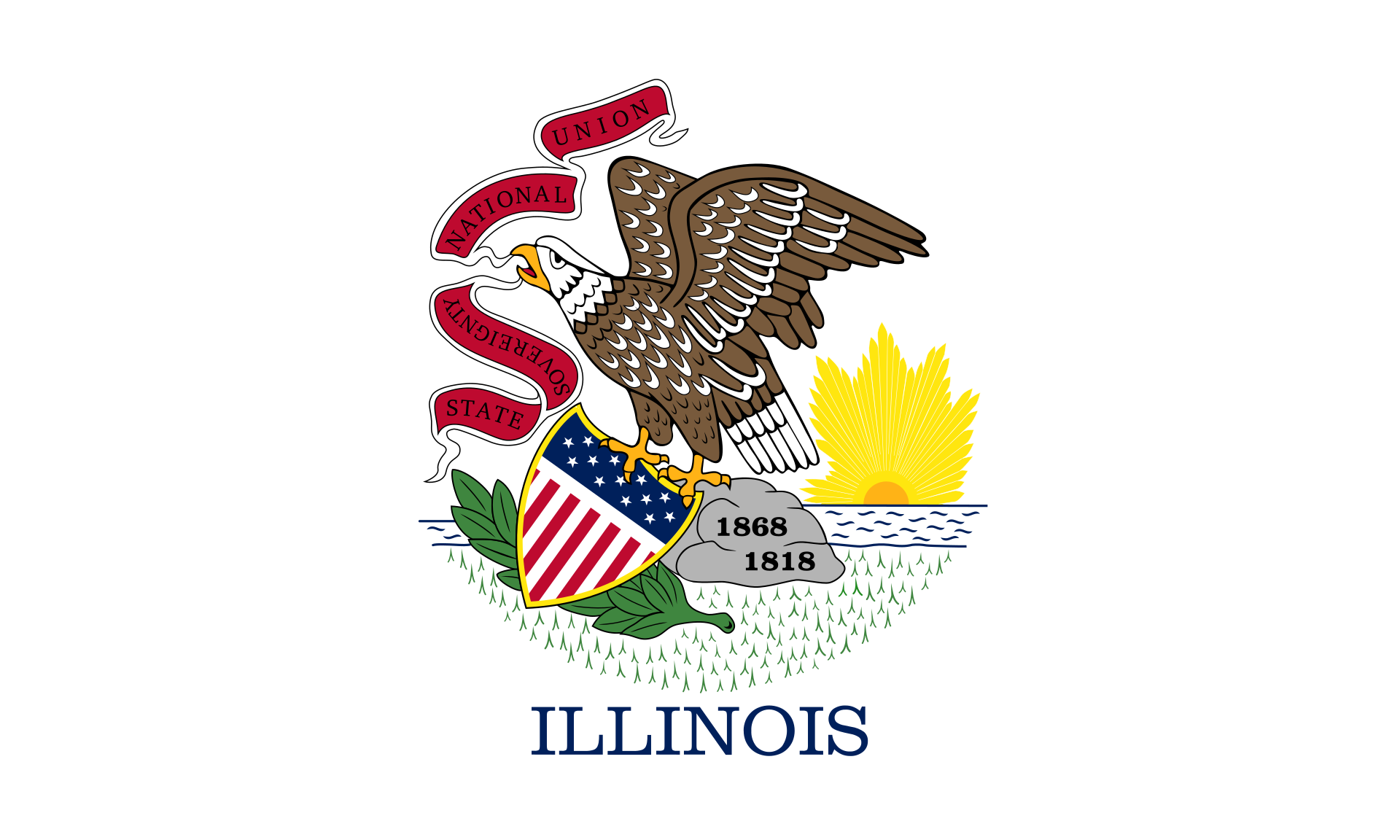 伊利诺斯州
伊利诺斯州

 国际城市
国际城市
 ***全球城市经济竞争力
***全球城市经济竞争力
 国际铁人三项联盟冠军系列赛
国际铁人三项联盟冠军系列赛

 体育
体育
 铁人三项
铁人三项
 美国
美国

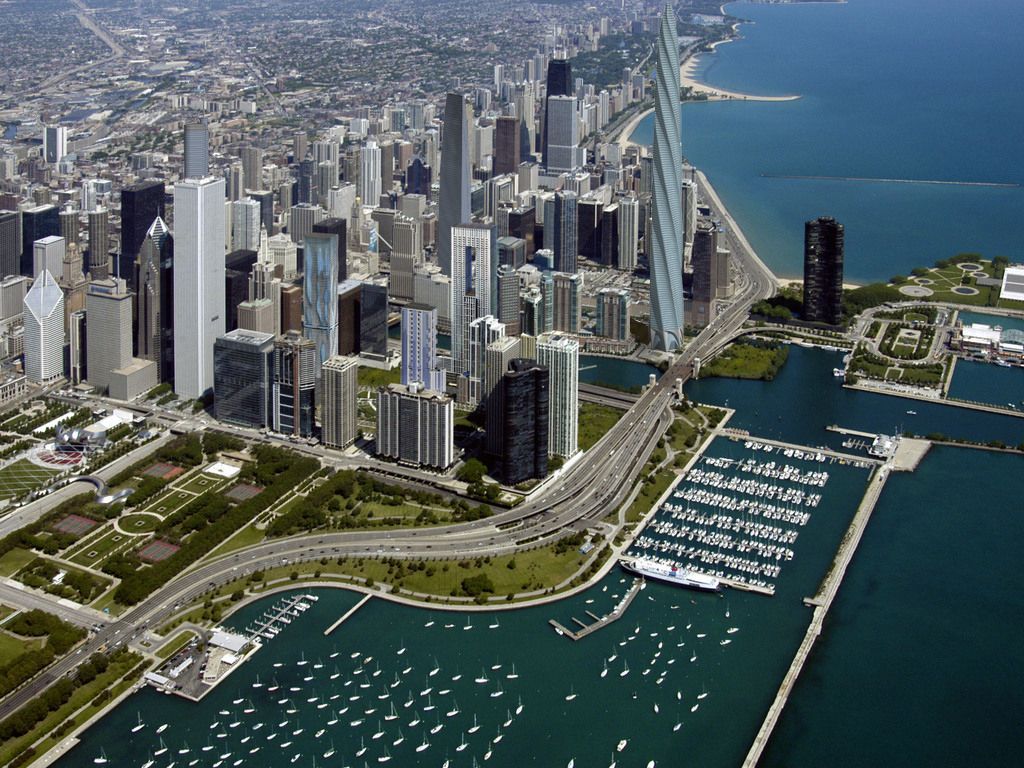
Wie die meisten amerikanischen Städte ist Chicago am Reißbrett entworfen worden. Das Schachbrettmuster kann man z.B. von der Aussichtsplattform des Sears-Towers gut erkennen. Die Aussicht von diesem Punkt aus ist atemberaubend. Genießen Sie das Panorama des Lake Michigan und beobachten Sie die Flugzeuge die am Chicago-International-Airport landen.
Chicago (deutsche Schreibweise: Chikago,[1] Aussprache: [ʃɪˈkɑːgoʊ]; ) ist eine Stadt am Südwestufer des Michigansees im Bundesstaat Illinois in den Vereinigten Staaten von Amerika. Mit einer Einwohnerzahl von 2.722.389 (2014)[2] ist sie die drittgrößte Stadt der Vereinigten Staaten. In der Agglomeration leben 8,7 Millionen, in der Metropolregion Chicago 9,7 Millionen Menschen (2007).[3]
Chicago ist seit der Mitte des 19. Jahrhunderts eine wichtige Handelsstadt in den Vereinigten Staaten. Diese Funktion wird durch ihre Eigenschaft als Eisenbahnknotenpunkt und ihre Lage an der Mündung des Illinois Waterways begünstigt. Die Stadt liegt an wichtigen Eisenbahnstrecken, die die Ost- mit der Westküste verbinden und ist über die Großen Seen und den Sankt-Lorenz-Seeweg bzw. den Eriekanal mit dem Atlantik und mit New York City verbunden. Der Illinois Waterway stellt über den Mississippi die Verbindung zum Golf von Mexiko her.
Chicago ist Sitz der Chicago Mercantile Exchange, der größten Warenterminbörse der Vereinigten Staaten, und der Chicago Board of Trade, der größten Rohstoff-, Futures- und Optionsbörse der Vereinigten Staaten. Außerdem befindet sich hier die größte Regionalbörse der Vereinigten Staaten, die Chicago Stock Exchange.
Die Metropolregion von Chicago erbrachte 2016 eine Wirtschaftsleistung von 651,2 Milliarden US-Dollar.[4] Bei einer Studie aus dem Jahr 2014 belegte Chicago Platz 9 unter den wirtschaftsstärksten Metropolregionen weltweit und Platz 3 innerhalb der Vereinigten Staaten.[5]
十七世纪时为法国皮毛商交易地,后归美国。1834年建市。1848年伊利诺伊·密歇根运河开通和铁路相继修建后,发展极速。全国最大的铁路 枢纽,32条干线交会于此。现为全国性的重要农畜产品贸易市场和钢铁冶炼基地。肉类加工、面粉、罐头、冷冻食品加工等发达。此外还有农机制造、机车、货 车、电话机、电视机、收音机、印刷、塑料等。包括卫星城市格里、南芝加哥,为美国第二个重工业地带。多大银行、商业企业,有芝加哥大学(1891年建)与 科学研究机构等。
芝加哥市内保存着早期传统式的西欧古建筑,又有壮观巍峨的现代摩天大楼。市区沿着宽阔壮丽的大道连绵数十公里,规划布局井井有条。现在的城市是 1871年的大火之后重建的,新城各种形状新奇、色彩各异的高层建筑使其成为一建筑艺术博物馆。芝加哥市区内摩天大楼之多,仅次于纽约。
芝加哥市内保存着早期传统式的西欧古建筑,又有壮观巍峨的现代摩天大楼。市区沿着宽阔壮丽的大道连绵数十公里,规划布局井井有条。现在的城市是1871年 的大火之后重建的,新城各种形状新奇、色彩各异的高层建筑使其成为一建筑艺术博物馆。芝加哥市区内摩天大楼之多,仅次于纽约。当今全世界5座最高的摩天大 楼有3座在芝加哥,市中心的西尔斯大厦是美国第一高楼,有110层,高443米。
19世纪开通的伊利诺伊-密歇根运河,把处于内陆的芝加哥同五大湖和大西洋连接起来,变为港口城市。海洋巨轮从加拿大的圣劳伦斯湾直驶芝加哥码 头。芝加哥是美国的铁路枢纽,几十条铁路交汇于此,连接美国各大城市;它还有世界上最繁忙国际机场之一的奥黑尔国际机场;因此,芝加哥可以称得上美国东西 交通、水、陆、空运输的中心。
シカゴ(英: Chicago [ʃɨˈkɑːɡoʊ, ʃɨˈkɔːɡoʊ, tʃɨˈkɑːɡoʊ] (![]() 音声ファイル)))は、アメリカ合衆国イリノイ州にある都市。同州最大の都市であり、国内では、ニューヨーク、ロサンゼルスに次ぐ人口を持つ。
音声ファイル)))は、アメリカ合衆国イリノイ州にある都市。同州最大の都市であり、国内では、ニューヨーク、ロサンゼルスに次ぐ人口を持つ。
シカゴはクック郡内にあり、同郡の郡庁所在地である。同郡には他にアーリントンハイツなどが含まれる。2012年の人口は271万人。
19世紀後半から20世紀中盤まで、アメリカ国内における鉄道・航空・海運の拠点として、また五大湖工業地帯の中心として発展し、ニューヨークに次ぐアメリカ第2の都市となっていた歴史を持つ。摩天楼がそびえ立つアメリカ型都市の発祥とされ、ダウンタウンの高層建築は、シカゴ派として知られ、近代建築史における重要局面をなした。1973年に建てられたシアーズ・タワー(現在はウィリス・タワーに改称)は、1998年まで世界一の高層建築であった。マコーミック・プレイスコンプレックスは、北米最大のコンベンション・センターであり、オヘア空港は全米有数の過密な空港として知られる。
アメリカのシンクタンクが2017年に発表した総合的な世界都市ランキングにおいて、世界12位の都市と評価された[1]。アメリカの都市ではニューヨーク、ロサンゼルスに次ぐ3位である。2017年3月の調査によると、世界7位の金融センターである[2]。2014年の都市の経済規模(GDP)では、世界9位となっている[3]。
日本語の漢字表記は「市俄古」。また、シカゴに住む人々は「Chicagoans(シカゴアンズ)」と呼ばれている[4]。
Chicago (/ʃɪˈkɑːɡoʊ/ (![]() listen), locally also /-ˈkɔː-/), officially the City of Chicago, located on the shores of freshwater Lake Michigan, is the third most populous city in America after New York and Los Angeles. As of the 2017 census-estimate, Chicago has a population of 2,716,450, which makes it the most populous city in both the state of Illinois and the Midwestern United States. It is the county seat of Cook County, the second most populous county in the U.S. Chicago is the principal city of the Chicago metropolitan area, which is often referred to as "Chicagoland." The Chicago metropolitan area has nearly 10 million people, is the third-largest in the United States, the fourth largest in North America, and the third largest metropolitan area in the world by land area. Chicago is the birthplace of the skyscraper, and considered the most influential architectural city of the 20th century.[6] In finance, the city saw the creation of the first standardized futures contracts at the Chicago Board of Trade; which today is the largest and most diverse derivatives market in the world, generating 20% of all volume in commodities and financial futures.[7]
listen), locally also /-ˈkɔː-/), officially the City of Chicago, located on the shores of freshwater Lake Michigan, is the third most populous city in America after New York and Los Angeles. As of the 2017 census-estimate, Chicago has a population of 2,716,450, which makes it the most populous city in both the state of Illinois and the Midwestern United States. It is the county seat of Cook County, the second most populous county in the U.S. Chicago is the principal city of the Chicago metropolitan area, which is often referred to as "Chicagoland." The Chicago metropolitan area has nearly 10 million people, is the third-largest in the United States, the fourth largest in North America, and the third largest metropolitan area in the world by land area. Chicago is the birthplace of the skyscraper, and considered the most influential architectural city of the 20th century.[6] In finance, the city saw the creation of the first standardized futures contracts at the Chicago Board of Trade; which today is the largest and most diverse derivatives market in the world, generating 20% of all volume in commodities and financial futures.[7]
Chicago was incorporated as a city in 1837 near a portage between the Great Lakes and the Mississippi River watershed and grew rapidly in the mid-nineteenth century.[8] After the Great Chicago Fire of 1871, which destroyed several square miles and left more than 100,000 homeless, the city made a concerted effort to rebuild.[9] The construction boom accelerated population growth throughout the following decades, and by 1900 Chicago was one of the five largest cities in the world.[10] During this period, Chicago made noted contributions to urban planning and zoning standards, which included creating new construction styles (including the Chicago School of architecture), the development of the City Beautiful Movement, and the steel-framed skyscraper.[11]
Positioned along Lake Michigan, the city is an international hub for finance, commerce, industry, technology, telecommunications, and transportation. O'Hare International Airport is the one of the busiest airports in the world, and the region also has the largest number of U.S. highways and railroad freight.[12] In 2012, Chicago was listed as an alpha global city by the Globalization and World Cities Research Network,[13] and it ranked seventh in the entire world in the 2017 Global Cities Index.[14] Chicago has the fourth-largest gross metropolitan product in the world — generating about $670.5 billion according to September 2017 estimates — ranking it after the metropolitan areas of Tokyo, New York City, and Los Angeles, and ranking ahead of number five London and number six Paris.[15] Chicago has one of the world's largest and most diversified and balanced economies, not being dependent on any one industry, with no single industry employing more than 14% of the workforce.[16]
Chicago was the second most visited city in the United States with 55 million domestic and international visitors,[17][18] not far behind the 62 million visitors to New York City in 2017.[19] The city ranked first place in the 2018 Time Out City Life Index, a global quality of life survey of 15,000 people in 32 cities.[20][21][22][23][24] Landmarks in the city include Millennium Park, Navy Pier, the Magnificent Mile, the Art Institute of Chicago, Museum Campus, the Willis (Sears) Tower, the Museum of Science and Industry, and Lincoln Park Zoo. Chicago's culture includes the visual arts, literature, film, theater, comedy (especially improvisational comedy), food, and music, particularly jazz, blues, soul, hip-hop, gospel,[25] and electronic dance music including house music. There are many colleges and universities in the Chicago area, of which the University of Chicago, Northwestern University, and the University of Illinois at Chicago are classified as "highest research" doctoral universities.
Chicago has professional sports teams in each of the major professional leagues, including two Major League Baseball teams. The city has had several nicknames throughout its history such as the Windy City, Chi-Town, Second City, and the City of the Big Shoulders, referring to its numerous towers and skyscrapers.[26]
Chicago (en anglais [ʃɪˈkɑːɡoʊ] ou [ʃɪˈkɔːɡoʊ]) est la troisième ville des États-Unis par sa population et se situe dans le nord-est de l'État de l'Illinois. C'est la plus grande ville de la région du Midwest, dont elle forme le principal centre économique et culturel2. Chicago se trouve sur la rive sud-ouest du lac Michigan, un des cinq Grands Lacs d'Amérique du Nord. Les rivières Chicago et Calumet traversent la ville.
Comptoir commercial fondé à la fin du XVIIIe siècle par Jean Baptiste Pointe du Sable, un mulâtre d'origine française, Chicago devient une municipalité en 18333 et acquiert officiellement le statut de ville en 18374. Elle est le siège du comté de Cook. Chicago est aussi le siège d'une paroisse catholique francophone, signe de son histoire liée à la France5.
La ville de Chicago compte 2 716 450 habitants et s'étend sur une superficie de 606 km2. Ses habitants s'appellent les Chicagoans6 (ou plus rarement Chicagolais7). Troisième ville des États-Unis par sa population, l'agglomération de Chicago est également la troisième du pays avec une population de 8 711 000 habitants s'étendant sur 5 498 km2. L'aire métropolitaine de Chicago (Chicago metropolitan area), communément appelée « Chicagoland », compte 9 526 434 habitants et s'étend sur 28 163 km28,9 à travers trois États (Illinois, Indiana et Wisconsin), ce qui en fait la quatrième aire urbaine d'Amérique du Nord après Mexico, New York et Los Angeles10.
Chicago est une ville de classe mondiale alpha11. Elle constitue le deuxième centre industriel des États-Unis et appartient à la « Ceinture des industries » (Manufacturing Belt), mais la ville est aussi une des principales places financières du monde12 et la première bourse de matières premières agricoles au monde13. C'est à Chicago que sont fixés les prix du blé et du soja aux États-Unis14. La ville se classe au troisième rang national pour le nombre d'entreprises implantées dans son agglomération15, dont les plus importantes sont Motorola, Boeing, United Airlines, McDonald's, Sears, Kraft Foods, Mondelēz ou encore les laboratoires Abbott. D'autres entreprises y ont été créées, comme Hertz, l'une des plus grandes enseignes de location de voitures. L'industrie emploie plus d'un million de personnes dans l'agglomération de Chicago15.
Grâce à sa situation exceptionnelle, la ville constitue un centre de communication majeur de voies terrestres (l'un des plus importants en Amérique du Nord), et de transports aériens avec ses deux aéroports internationaux, O'Hare et Midway. Elle acquiert une grande renommée culturelle grâce à son architecture moderne de gratte-ciel16 et attire des millions de visiteurs chaque année17. En effet, la Willis Tower (appelée « Sears Tower » jusqu'au mois de juillet 2009) a été de 1973 à 1998, le plus haut gratte-ciel du monde18 et est à ce jour le deuxième immeuble le plus haut du continent américain après le One World Trade Center à New York. Enfin, la ville compte de nombreux établissements d'enseignement supérieur, des musées prestigieux, des théâtres réputés et un orchestre symphonique de renommée mondiale.
Chicago (AFI: /ʧiˈkaɡo/[4]; in inglese /ʃɪˈkɑɡoʊ/) è la più grande città dell'Illinois, la più grande metropoli dell'entroterra statunitense e la terza per popolazione di tutti gli Stati Uniti d'America dopo New York e Los Angeles, con i suoi 2.722.389 abitanti.[3] La sua area metropolitana (detta Chicagoland) conta 9.554.598 abitanti distribuiti in un'ampia area pianeggiante situata lungo le rive del lago Michigan. Trasformatasi da cittadina in una importante metropoli, Chicago è stata definita come una delle 10 città più influenti al mondo. Oggi è una città multietnica, nonché un importante centro finanziario e industriale ed uno dei maggiori centri fieristico/espositivi mondiali.
Il centro della città (denominato "the Loop") è dominato da imponenti grattacieli che arrivano anche ai 108 piani (per un'altezza di 442 m) della Willis Tower. Questa tipologia architettonica è nata proprio a Chicago che, se da tempo ha dovuto perdere il primato di città con più grattacieli nel paese a favore di New York, vanta ancora oggi il secondo grattacielo più alto statunitense (dopo il nuovo World Trade Center) e tre grattacieli nella classifica dei primi 15 al mondo. Venti dei suoi grattacieli superano i 200 metri d'altezza e ben 240 superano i 100 metri. La città si estende per 50 km sul lago Michigan da nord a sud.
Chicago è la città con il maggior numero di ponti mobili al mondo (attualmente 45) ed è un punto di riferimento mondiale per il blues.
La città di Chicago ha diversi soprannomi, tra i quali "Windy City" e "Second City".
Chicago, conocida coloquialmente como «la Segunda Ciudad» o «la Ciudad de los Vientos», es la tercera ciudad con mayor número de habitantes en Estados Unidos, detrás de Nueva York y Los Ángeles.
Chicago se encuentra en el estado de Illinois, a lo largo de la costa suroeste del lago Míchigan, y es la sede del condado de Cook.2 Forma parte del área metropolitana de Chicago, una conurbación integrada además por los condados periféricos.
Чика́го (англ. Chicago, МФА: [ʃɪˈkɑːgoʊ] или [ʃɪˈkɔːgoʊ]) — третий по числу жителей (после Нью-Йорка и Лос-Анджелеса) город США, второй по значимости финансовый центр страны (после Нью-Йорка) и крупнейший транспортный узел Северной Америки. Расположен на юго-западном побережье озера Мичиган в штате Иллинойс; административный центр округа Кук.
Население Чикаго (по данным переписи 2010 года) составляет 2 695 000 человек. Агломерация Чикаго (с различными пригородами) называется «Большой Чикаго» или «Страна Чикаго» (англ. Chicagoland; название предложено газетой Chicago Tribune в начале XX века); в ней проживает более 9 млн человек. Агломерация Чикаго занимает 37-е место в мире по числу жителей.
Чикаго по праву считается экономической, промышленной, транспортной и культурной столицей Среднего Запада. Неофициально его иногда также называют «Второй Город» и «Город ветров». Впервые Чикаго был назван «Городом ветров» в статье в Chicago Tribune за 1858 год.

朱拜勒(阿拉伯语:جبيل ),古称比布鲁斯(希腊语:Βύβλος),是黎巴嫩历史悠久的古城之一,位于地中海岸边,贝鲁特以北30公里,为黎巴嫩山省朱拜勒区首府。该城自新石器时代便已建城,约有7000年人类连续居住历史,被认为是“延续至今的最古老城市之一”。在《圣经》中,该城依照腓尼基语被称为迦巴勒(Gebal)。
Byblos (altgriechisch Βύβλος, akkadisch Gubla, altägyptisch Kbn (Kubna) später Kpn (Kupna),[1][2] arabisch جبيل Dschubail, DMG Ǧubail, auch Jbeil) ist eine Hafenstadt an der Mittelmeerküste nördlich von Beirut im Libanon. Sie gehört zu den ältesten permanent besiedelten Orten der Erde. Ihr Hafen war in phönizischer und römischer Zeit sowie während der Kreuzzüge im Mittelalter von besonderer Bedeutung.
 假期和旅游
假期和旅游
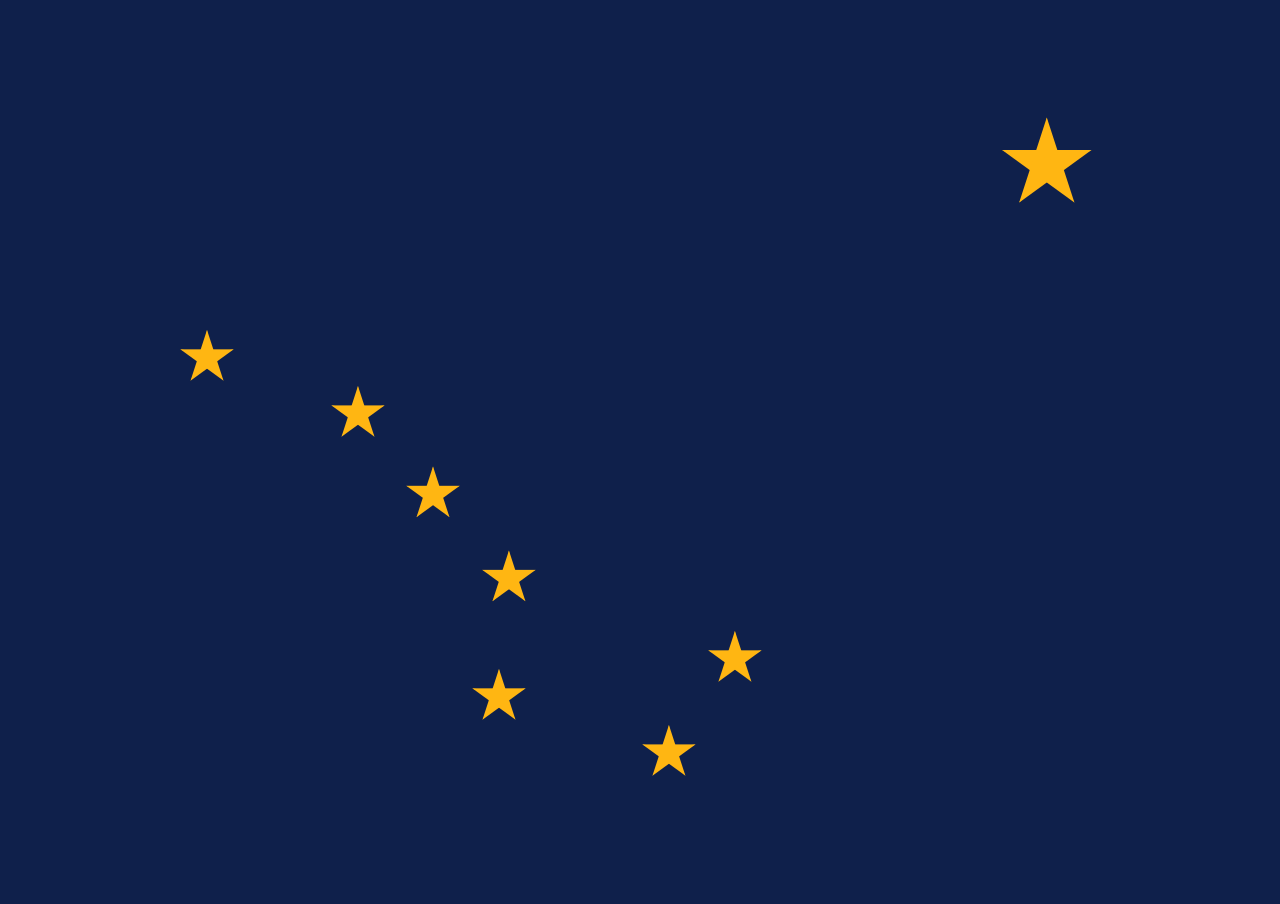 阿拉斯加州
阿拉斯加州
